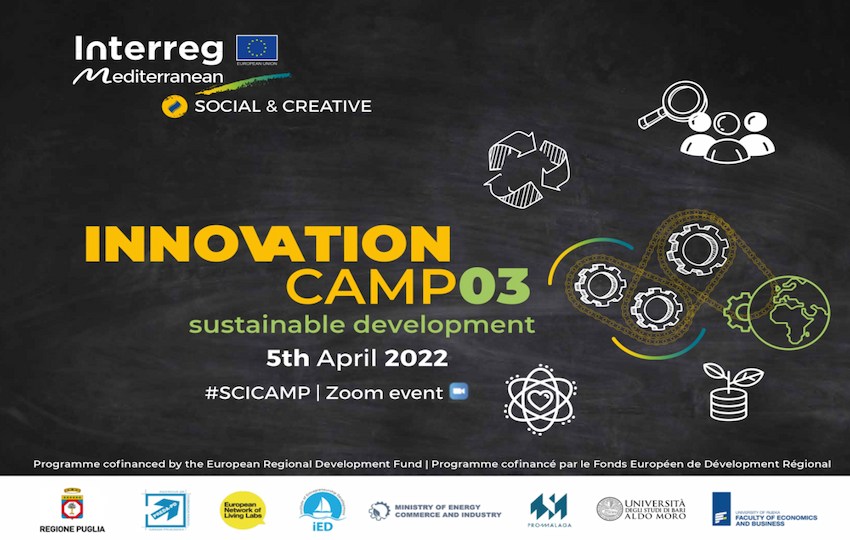The third episode of the Social & Creative Innovation Camp was held on 5th April.
Cultural and creative industries are considered fundamental for achieving the objectives set by the UN 2030 Agenda, as they are capable of generating value because they are human-centered: culture and creativity, therefore, contribute to inclusive social development, to dialogue and understanding between peoples.
After investigating the issues of open innovation and industrial transformation, the third and last episode of the Social & Creative Innovation Camp focused on the theme of sustainable development.
The integration of culture into sustainable development strategies and policies promotes a human-centered and inclusive approach to development, as well as serving as a powerful socio-economic resource. Culture touches all dimensions of development.
Together with expert speakers on these issues such as Mirna Karzen, president of the Social Innovation Lab (Croatia), the initiative gave voice to some of the most successful experiences of creativity that is the driving force and, at the same time, an enabling factor of human and sustainable development. From the co-creation of technological solutions aimed at improving the quality of life of the elderly created within the Thessaloniki Active & Healthy Aging Living Lab – Thess-AHALL, to the application of creative solutions to reduce the environmental impact of the fashion industry developed by the CreativeWear and Re-Fream projects, to the use of visual arts as catalysts for social change promoted by the University of Tampere, to innovative procurement procedures capable of unlocking or exploiting the creativity and innovation potential of suppliers to obtain innovative results and allow public administrations to do their part in sustainable development: when creativity and culture are included in all processes, they produce more solid, more human and sustainable economies and societies.
The examples and experiences presented require a reflection: how to move from the project to capitalization, how to transfer experiences and results to other territories and treasure them for ad hoc policies? This is the challenge of the Social & Creative project: identifying the most significant experiences and the most mature results and bringing them to the attention of policymakers, facilitating their adoption in similar territories and contexts, also thanks to the sharing of concrete examples of innovative policy trials.
This article is a repost from Interreg MED Social and Creative.

